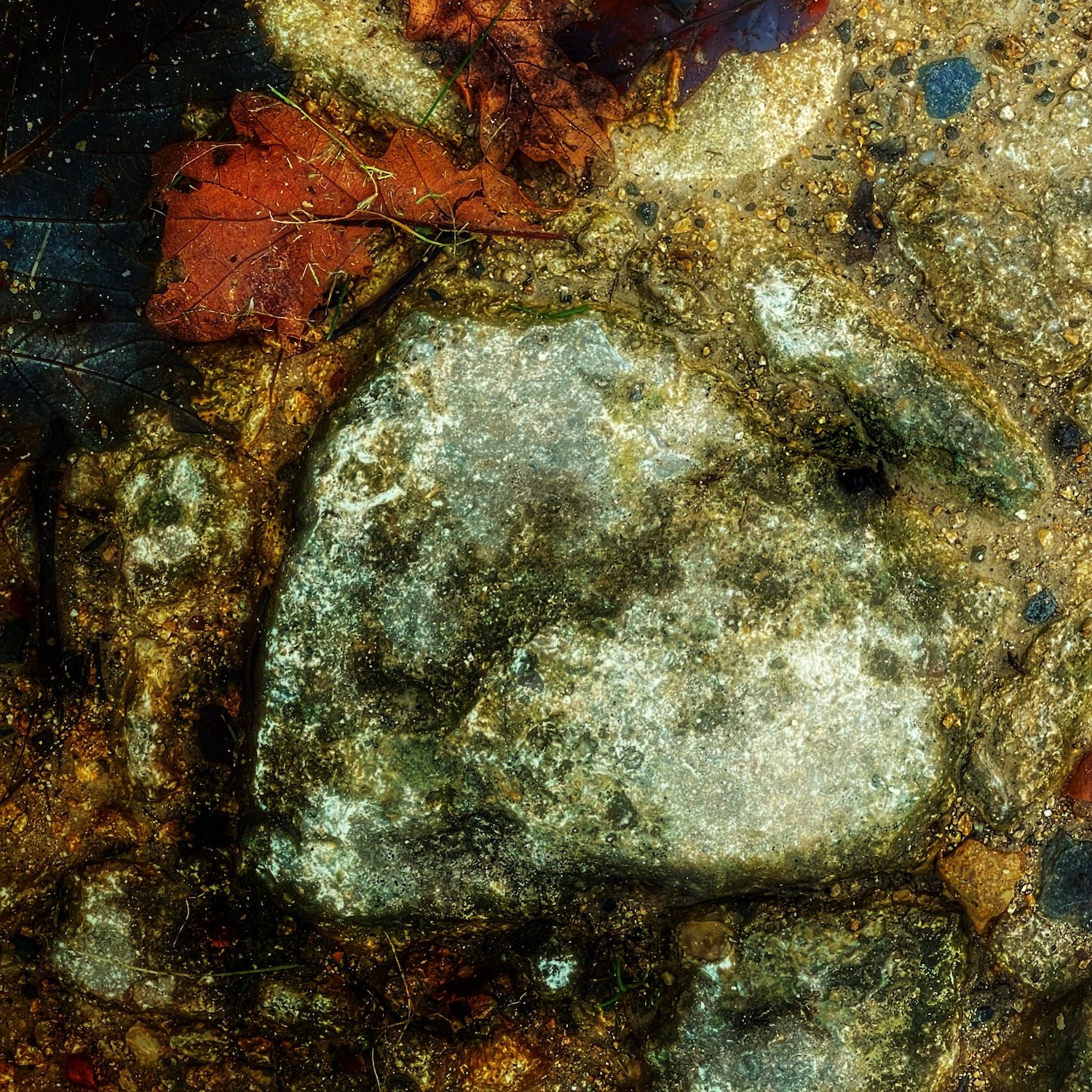The Benefits Of Play In Photography
An image created whilst playing
I’m a very project-based person
I’m also a very focussed person, not just in photography but in all of life. Once I have a task in hand, I concentrate relentlessly. It feels like I have a job to do. That is not necessarily a bad thing: I usually enjoy what I set out to do. But I am not the sort of person who becomes distracted.
Until recently, it has been the same with my photography. I created a photographic project and I worked on it. (I wrote about the value of project-based photography HERE). This way of working gave me a nice set of boundaries to work within. It kept me on track and stopped me from being diverted.
The trouble with this approach was that I became worried it was stopping me from finding my photographic voice. Photographic voice is something I will write about in the future. But my project-based attitude prevented me from exploring new photographic avenues. It was only when I started to adopt photographic play that I started to develop new ideas.
What is photographic play?
Photographic play is letting your photography go a bit wild. It is giving yourself the freedom to experiment without boundaries. Want to spend a day with a lens or focal length you never normally use? Want to rip up the traditional rules of composition? Or to try a really crazy edit? Just do it!
There are no rules with photographic play. Many of your photography experiments will go a bit wrong or look completely weird. And that’s OK. The whole point is to push boundaries and try something new. Because we try out things we wouldn’t normally consider, sometimes we will discover that we have a new way of seeing our subjects or we will find that we can express what we want to say differently.
The smartphone is a fantastic tool if we want to practice play in photography. This is partly because many of us feel that if we use a traditional camera we should use it in more traditional ways. But we can also do quite a lot with a phone that we cannot do with a traditional camera. In addition, the editing apps allow us to try new things very quickly and simply. And these apps actively encourage us to try new things.
Here's why allowing myself more play time in photography has helped me:
Photographic play has freed up my thinking
What happens when I decide that I am just going to mess around a little for a while? I am no longer trying to follow a style I have set for a project. I can do what I want and make images of what I want. My mind becomes much more open to new ideas. As soon as I think “what if” I can try out an idea.
This, in turn, has led to several new ideas for projects that I just wouldn’t have thought of with my old mindset. I have discovered a whole new set of themes and subjects that I am looking forward to working on. Will they all turn into great bodies of work? Of course not. But some of these experiments are turning out to be very worthwhile.
My photography playtime has improved my skills
As I push the boundaries of my thoughts my images are changing. That means I have to produce my work in different ways. And I have to learn new ways of working. I can no longer rely on what is familiar to me.
As a result, my relationship with colour has changed. I think about it in a different way, and I have an increased appreciation of different colour palettes. My Lightroom editing skills have also greatly improved. And I bring some of these extra skills back to my traditional work, enabling me to edit all my images better and more creatively. Making images of different subjects has also made me think about composition differently and improved my way of seeing.
Play in photography has made me happier
Photography has become more fun. I cannot wait to see what I create next! There is a new spring in my step when I pick up a camera or my phone.
When one works exclusively in projects, it is easy to become a little disillusioned. Sometimes I just do not want to make another image in a certain style. It is important to take a break to recharge. Before that might have meant not making any images. Now it means going out to play.
I create more work. My output has become more varied. I think it has improved as well. And, most importantly, I am spending more time enjoying my photography.
Here are three ways to kick-start some photographic play and start making different images
1. Ask someone to set you a random word. Go and make images on that theme
2. Go out with a piece of kit you never normally use: it might be a different lens, a smartphone or even a flash unit. Make sure you use this for every image that you make. You cannot use your traditional set-up. Conversely you could deny yourself a standard piece of equipment: you could leave the tripod at home or force yourself to use only natural light
3. Download an editing app you would never consider using and experiment. There are plenty of free ones so it’s not a major investment
Does this mean no more project-based photography?
Absolutely not. I love working in projects. They give me focus and I really enjoy creating a body of work.
However, a mixture of photographic play and photography projects seems to be working better for me. Remember, the photography play is still leading to new project ideas. A little less focus can be a very positive thing.
